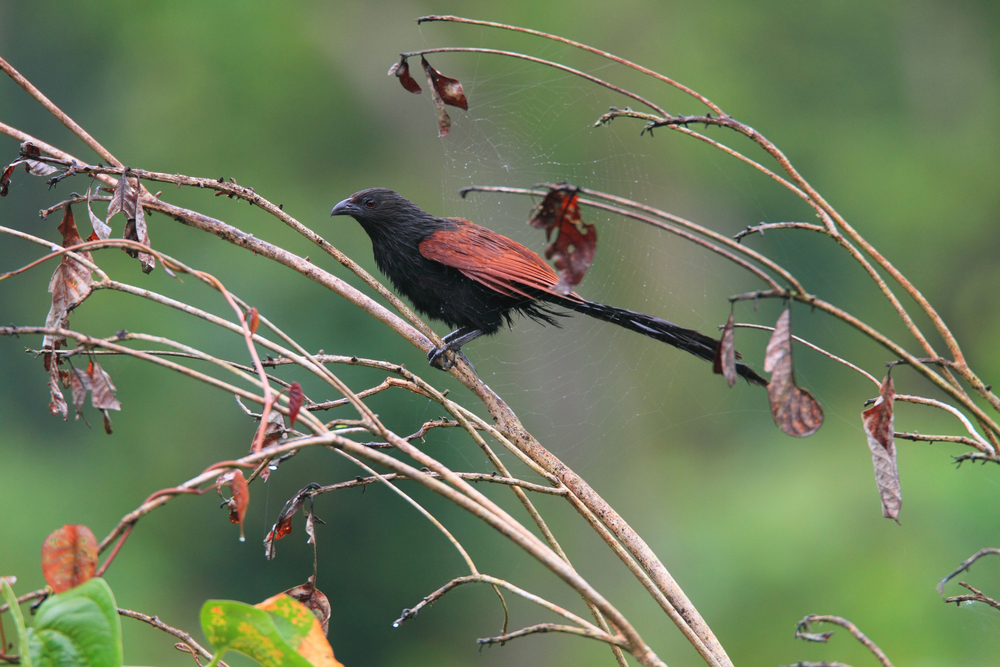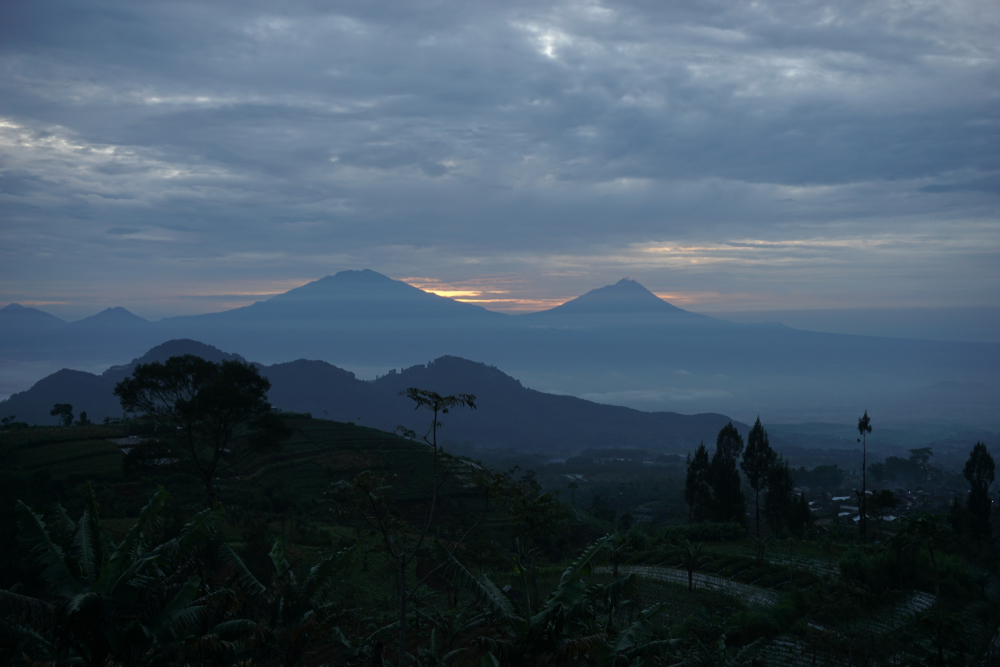Mount Apo Overview
Mount Apo National Park, known in Filipino as Pambansang Liwasan ng Bundok Apo, is one of the Philippines’ most iconic protected areas, located on the island of Mindanao between the provinces of Davao del Sur and Cotabato.
Covering approximately 193.6 square miles (502.3 square kilometers), the park is centered around Mount Apo, the tallest peak in the country, rising to 9,692 feet (2,954 meters) above sea level. Established in 1936, the park is a crown jewel of Philippine biodiversity and a sacred mountain to many Indigenous groups, revered not only for its height but also for its ecological, cultural, and recreational value.
The terrain of Mount Apo National Park is remarkably diverse, ranging from lowland tropical forests and mossy montane woodlands to volcanic rockscapes, geothermal fields, and high-altitude grasslands. The slopes of the mountain are covered in dense dipterocarp forests at lower elevations, gradually transitioning to pine forests, cloud forests, and dwarf bamboo zones near the summit.
The park is also home to crater lakes, sulfur vents, and hot springs, giving it a geologically active character. Rivers and waterfalls such as Tudaya Falls and Marbel River cut through the park’s rugged landscape, feeding watersheds that support agriculture and daily life in the surrounding regions.
The park is renowned for its exceptional biodiversity, housing more than 270 species of birds and over 100 species of mammals, many of which are endemic or threatened. Among its most notable residents is the critically endangered Philippine eagle, which nests in the park’s forests and symbolizes national pride and conservation urgency.
Other key wildlife species include the Philippine warty pig, Mindanao tree shrew, cloud rats, and civets. Amphibians, reptiles, and a dazzling array of insects, orchids, and ferns contribute to the mountain’s rich ecological mosaic. Mount Apo’s varied habitats make it one of the country’s most important centers of endemism and scientific research.
Popular features of the park include its scenic trails, waterfalls, volcanic formations, and of course, the summit of Mount Apo itself. Several established routes—such as those via Kidapawan, Digos, and Bansalan—lead trekkers through different ecosystems on their way to the peak, offering unforgettable views and encounters with wildlife and native flora.
At the summit, climbers are rewarded with panoramic vistas that stretch across Mindanao, with views of neighboring peaks and the distant Davao Gulf. The park also includes Lake Venado, a high-altitude basin that serves as a serene campsite and reflection point for mountaineers.
Visitors experience Mount Apo National Park primarily through mountaineering, hiking, birdwatching, and camping. It is a premier destination for adventure seekers in the Philippines and is regarded as a rite of passage for local and international climbers.
Cultural immersion is also part of the experience, as the trails pass through ancestral lands of Indigenous communities such as the Bagobo, Manobo, and Kalagan, who share their traditions and local knowledge with trekkers. Educational tours and research trips are also common, emphasizing the park’s role in conservation science.
Conservation challenges include illegal logging, encroachment, mining pressure, and the impact of tourism on fragile environments. However, the park has seen significant efforts to address these issues through joint management by local governments, Indigenous peoples, and national agencies.
The Mount Apo Foundation and various community-based groups have worked to promote sustainable tourism, reforestation, and protection of critical habitats. These collaborative efforts continue to protect the ecological and cultural heritage of Mount Apo, ensuring it remains a symbol of natural grandeur and national pride.
Park Map
Mount Apo National Park Highlights
Share your clicks with us
Related National Parks More Philippines
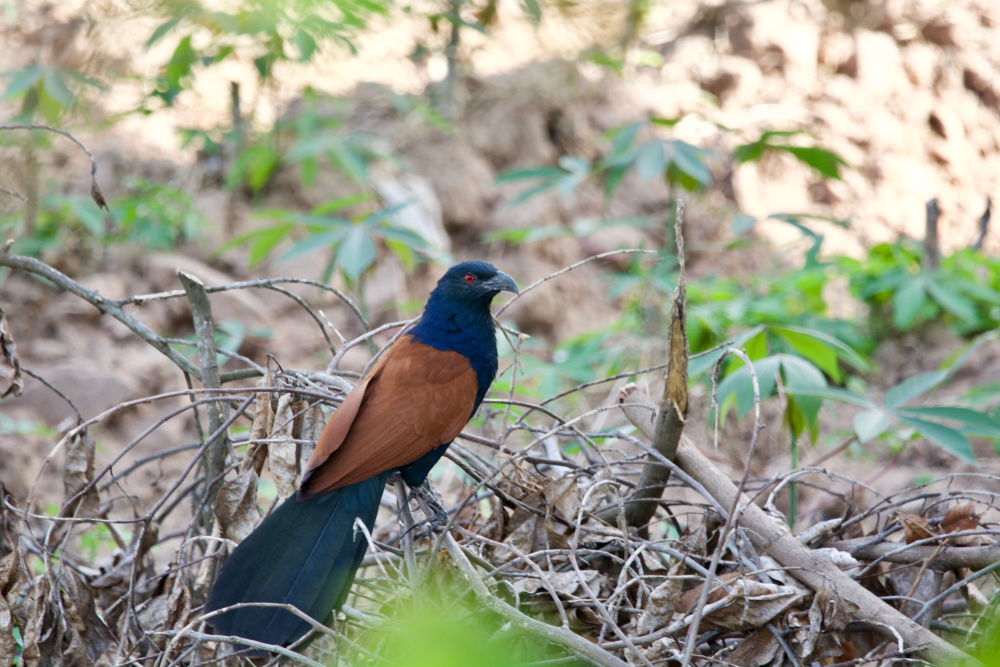
Northern Luzon Heroes Hill National Park
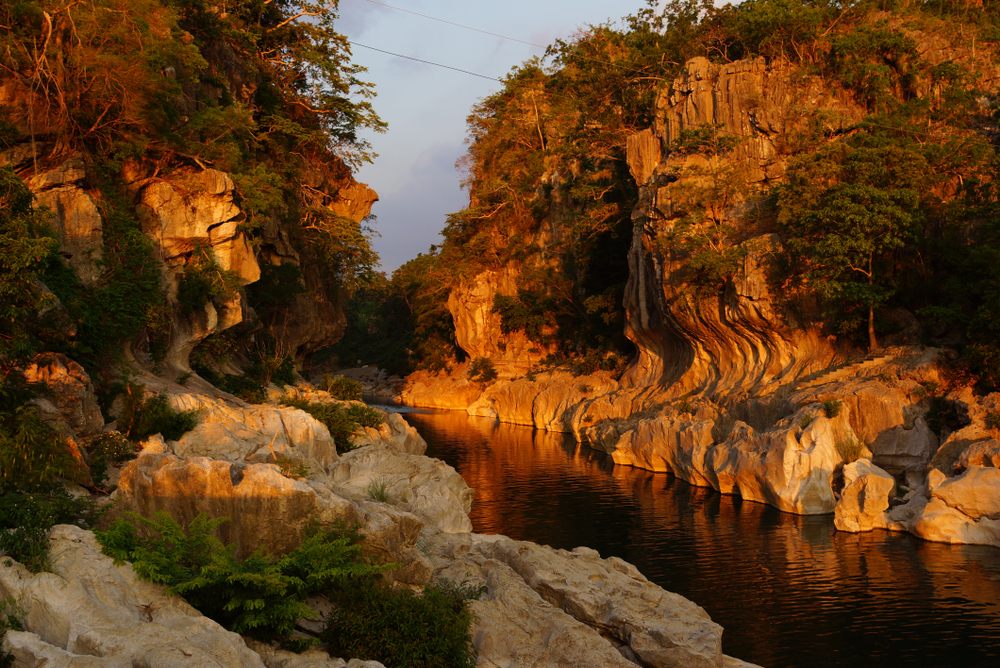
Minalungao National Park
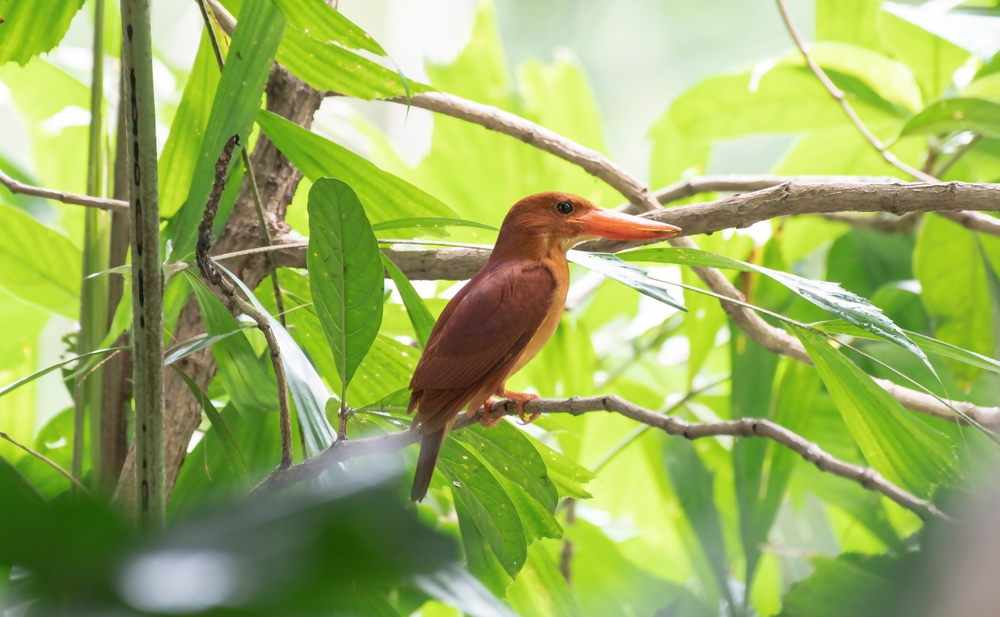
Lake Butig National Park

Tubbataha Reefs National Park

Mado Hot Spring National Park

Puerto-Princesa Subterranean River National Park

Libmanan Caves National Park
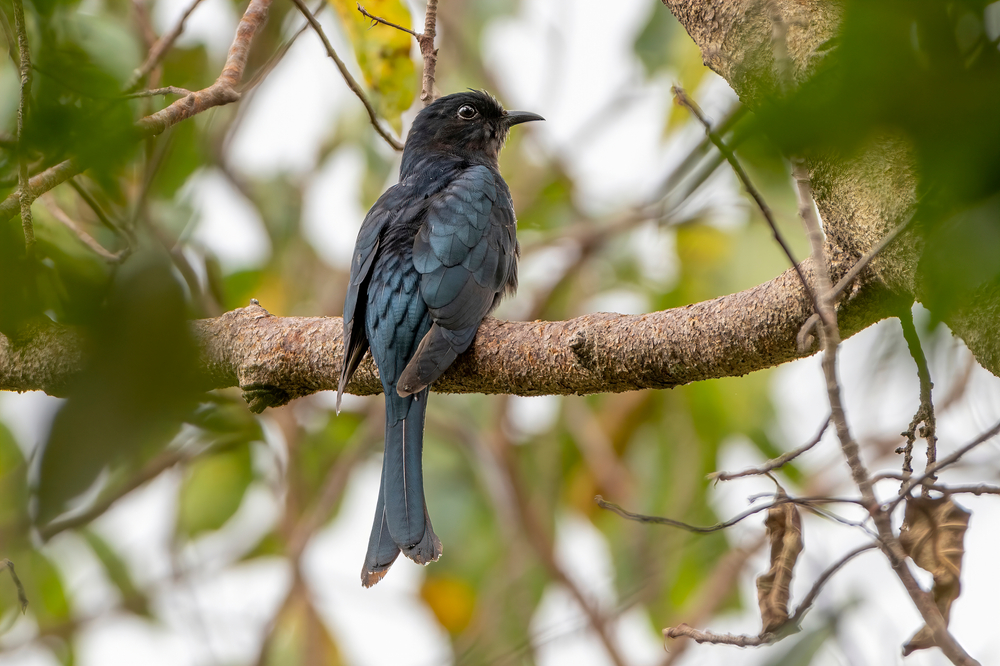
Kuapnit Balinsasayao National Park

Guadalupe Mabugnao Mainit Hot Springs National Park
